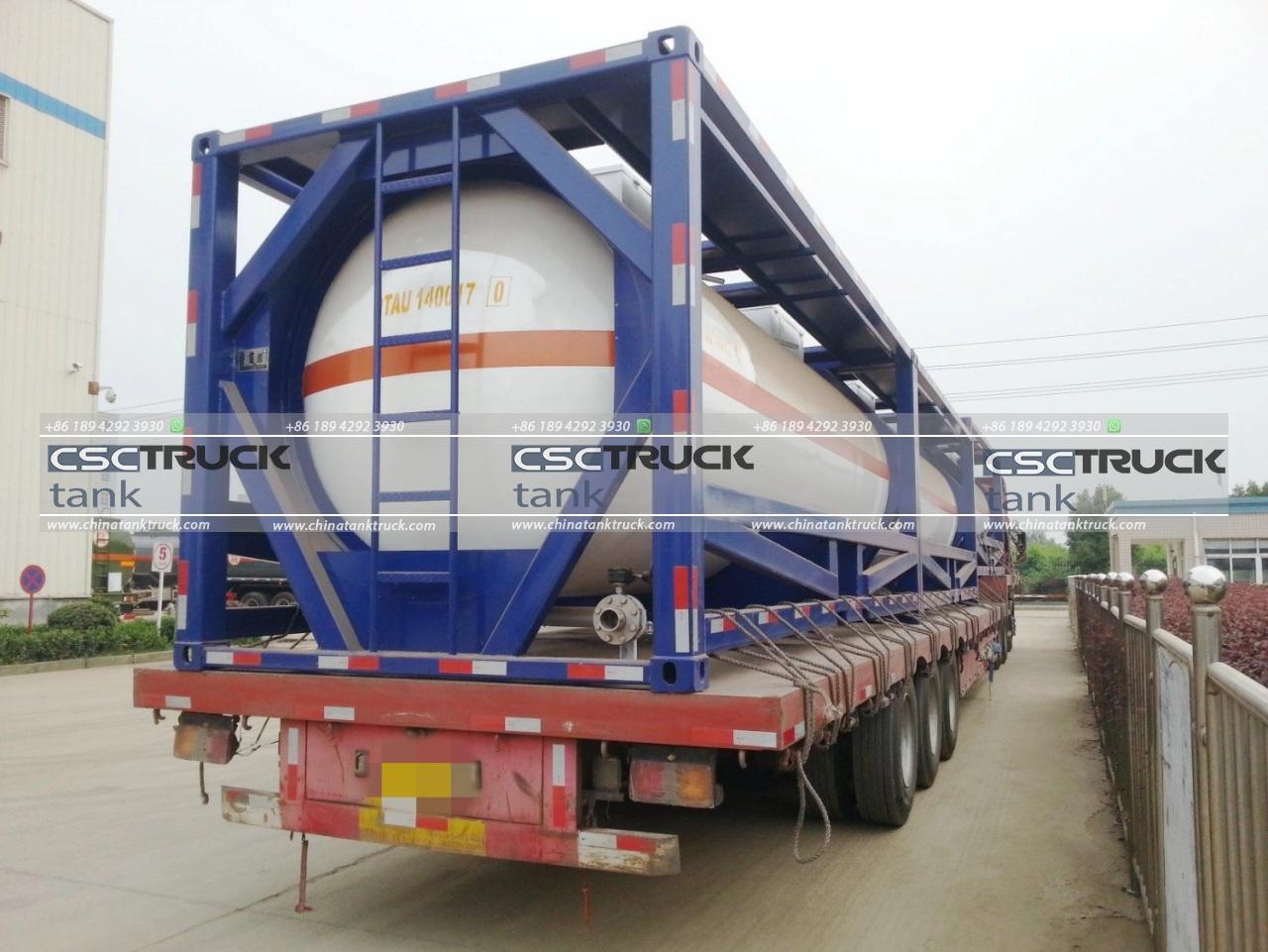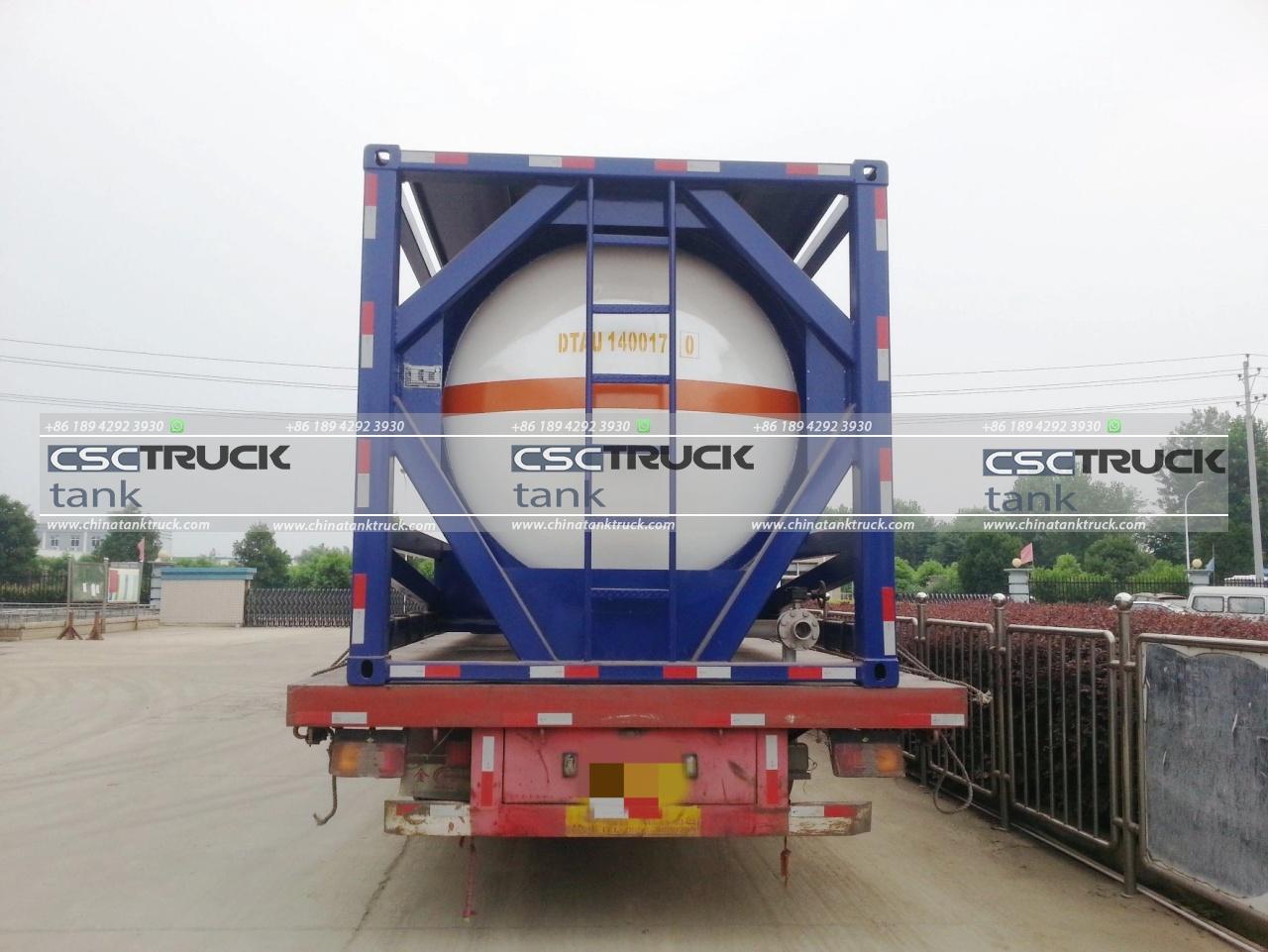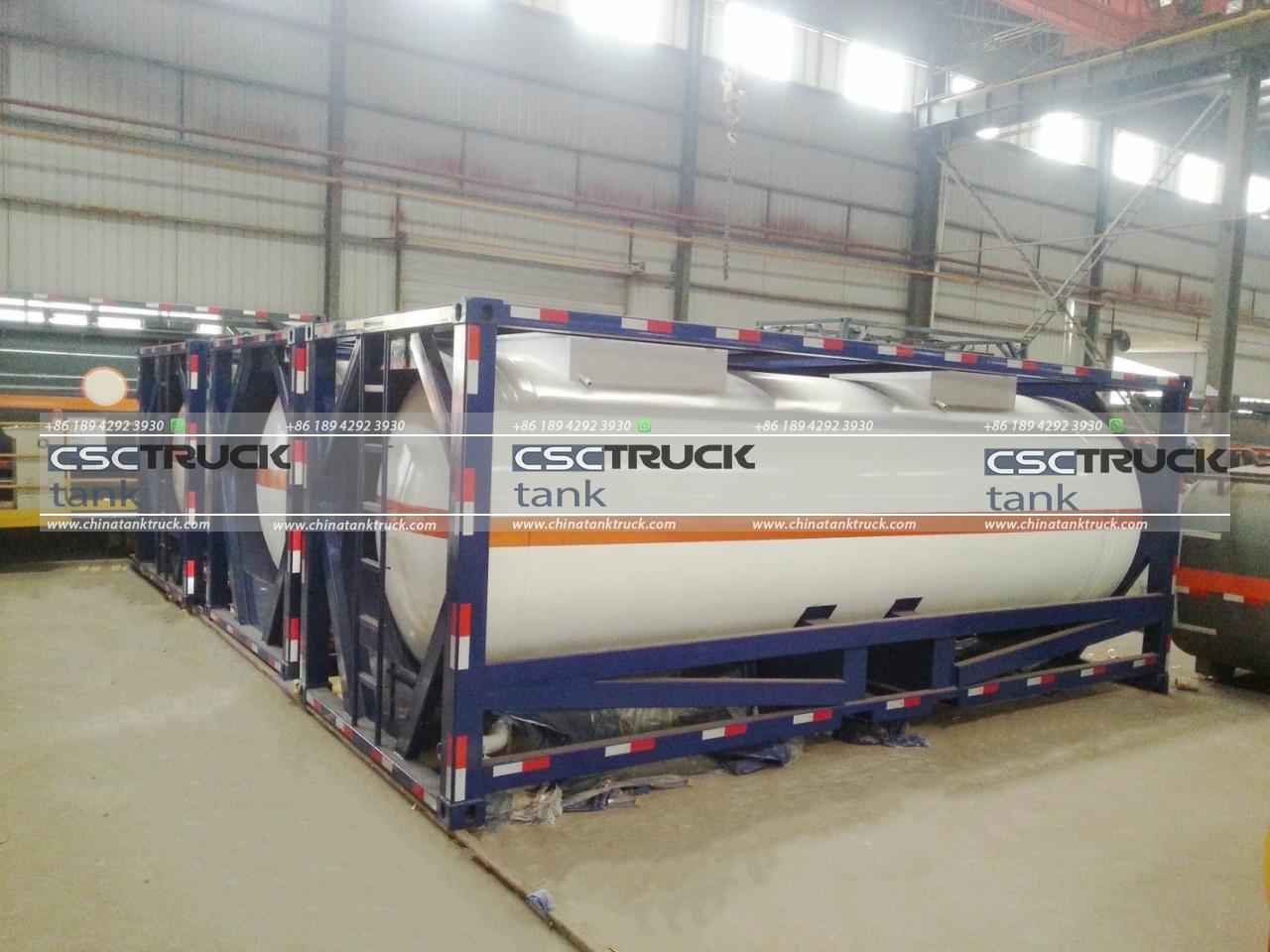What is the Largest ISO Tank?
ISO tanks, also known as intermodal containers or tank containers, play a crucial role in global logistics and the transportation of bulk liquids, gases, and powders. These containers, standardized by the International Organization for Standardization (ISO), are designed for safe, efficient, and secure transportation across various modes of transport such as ships, trucks, and trains. While ISO tanks come in various sizes and capacities, understanding the largest ISO tank, its specifications, and applications provides valuable insights into the logistics and storage industries.
Understanding ISO Tanks
An ISO tank is essentially a cylindrical container housed within a sturdy steel frame, designed to meet rigorous international shipping standards. They are primarily used for transporting bulk liquids, including hazardous and non-hazardous substances like chemicals, petroleum products, food-grade liquids (such as wine and edible oils), and industrial gases. ISO tanks are built to handle large quantities of liquids under a range of pressures and temperatures, making them a versatile option for transportation.
The structure of an ISO tank typically includes a stainless-steel barrel, insulation layers, and protective outer layers, ensuring both durability and the prevention of contamination. These tanks are carefully engineered to endure rough handling, vibration, and potential temperature fluctuations during transport, providing superior protection for sensitive or volatile substances.
ISO tanks are also widely praised for their efficiency in maximizing cargo volumes due to their cylindrical shape, which optimizes the internal capacity compared to traditional rectangular shipping containers.

Standard Sizes of ISO Tanks
ISO tanks are commonly manufactured in a variety of sizes, with standard capacities ranging between 20 and 40 feet in length. The most frequently used sizes are the 20-foot and 40-foot tanks, each offering different storage capacities depending on their intended use.
– 20-foot ISO tank: These are the most widely used tanks in the industry. They generally have a capacity of 20,000 to 26,000 liters, depending on the design and the type of substance being transported. These tanks are ideal for transporting smaller quantities of liquids or chemicals over shorter distances.
– 40-foot ISO tank: These are much larger, with capacities ranging from 40,000 to 48,000 liters, depending on the specifications. They are typically used for transporting bulk liquids over long distances, where maximizing capacity is crucial for cost efficiency.
Although these 2 sizes are considered the industry standard, there are even larger ISO tanks that can be utilized for specific applications, especially when high-volume liquid storage or transportation is required.
The Largest ISO Tanks
The largest ISO tanks available in the market are classified as 53-foot ISO tanks. These tanks are specially designed for maximum capacity and are particularly useful for industries that require transporting or storing large volumes of liquids. These tanks push the boundaries of traditional ISO container sizes, offering a significant increase in capacity, especially for long-haul and intermodal transportation.
Let’s dive into the features of these large ISO tanks:
1. Dimensions
The 53-foot ISO tanks are, as their name suggests, 53 feet long, which is 13 feet longer than the conventional 40-foot tank. These tanks are typically about 8.6 feet in width and height, providing additional storage space without exceeding transport limitations. Despite their larger size, these tanks still adhere to the ISO standards for intermodal containers, making them suitable for shipping on cargo ships, rail systems, and by road.
2. Capacity
The most significant difference between a standard ISO tank and the largest 53-foot ISO tank is its capacity. These tanks can hold up to 60,000 liters or more, making them ideal for bulk transport. For comparison, a 20-foot ISO tank has an average capacity of 20,000 liters, while a 40-foot tank can hold between 40,000 and 48,000 liters. This massive capacity reduces the need for multiple smaller tanks, which can lead to cost savings in terms of fuel, labor, and time.
3. Weight and Load Limits
Due to their larger size, 53-foot ISO tanks have a higher gross weight limit, typically around 36,000 to 38,000 kilograms. However, the tare weight (empty weight of the tank) is also higher, which slightly reduces the net payload (the actual weight of the product that can be transported). Despite this, the 53-foot ISO tank is still a popular choice for companies looking to transport large volumes of bulk liquids more efficiently.
4. Design and Materials
Like smaller ISO tanks, the largest versions are typically constructed from high-grade stainless steel to ensure resistance to corrosion and wear. These tanks are insulated to maintain the temperature of the stored liquids, and they are equipped with pressure valves, temperature gauges, and safety mechanisms to handle the high pressure associated with some liquids. The design also allows for ease of loading and unloading via standard ports at the top or bottom of the tank, depending on the substance being transported.
5. Applications of Large ISO Tanks
The largest ISO tanks are commonly used in industries such as:
– Oil and Gas: Companies use large ISO tanks to transport crude oil, refined petroleum products, and liquefied natural gases (LNG) across vast distances.
– Chemical Industry: Chemicals like sulfuric acid, caustic soda, and other bulk chemicals are often shipped in large ISO tanks to reduce the risk of spillage and ensure safe, high-volume transport.
– Food and Beverage: ISO tanks are increasingly used to transport bulk quantities of liquid food products, such as edible oils, syrups, and juices. With the large capacity, these tanks help reduce shipping costs by maximizing the volume transported.
– Pharmaceuticals and Medical Industry: Liquid ingredients for medicines and sanitizers may be transported in these tanks, ensuring safe, sterile conditions for the bulk shipment of critical medical supplies.

Benefits of Using Large ISO Tanks
The largest ISO tanks offer several advantages for businesses and industries involved in the large-scale transportation of liquids:
– Efficiency: By maximizing capacity, these large tanks minimize the need for multiple trips, thereby reducing fuel costs and operational expenses.
– Environmental Impact: Fewer trips translate into lower carbon emissions, which is especially significant in industries like oil and gas.
– Safety: ISO tanks are designed to comply with international safety standards, reducing the risk of spillage, contamination, or accidents during transport.
– Durability: Constructed from corrosion-resistant materials like stainless steel, these tanks offer long-term durability, even when used to transport hazardous or corrosive substances.
Conclusion
The largest ISO tanks, with capacities exceeding 60,000 liters, are key players in global logistics, particularly in industries that require the safe, efficient, and cost-effective transport of bulk liquids and gases. These tanks provide solutions to industries like oil and gas, chemicals, and food processing by reducing transportation costs and improving environmental sustainability. As the demand for high-volume transport continues to grow, ISO tanks—especially the largest models—are becoming increasingly critical to global supply chains.


